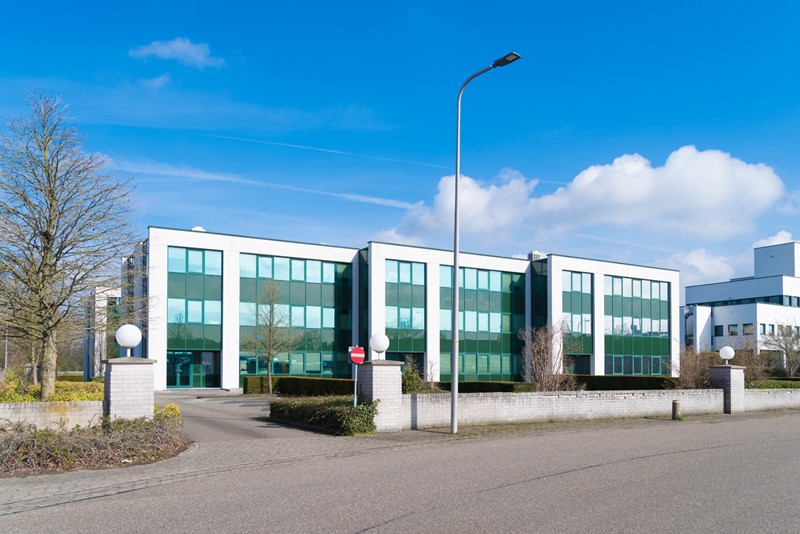Facts:
36 Eveline Road, Mitcham was originally two terraced houses that were converted into four flats. The lessees of the four flats have established a right-to-manage company (RTM company) with a view to acquiring the right to manage the four flats.
Decision:
According to Part 2 of the Commonhold and Leasehold Reform Act 2002, qualifying long leaseholders of flats are entitled to establish and join a RTM company which allows them to take over the management of “premises” containing their flats. To be entitled to create an RTM, the ‘premise’ should fulfill the test of being a “self-contained building” or a “self-contained part of a building.” According to established case law, a building is self-contained when it is structurally detached. From the outside, the property appeared to be two adjoining houses at the end of a terrace of houses. The question was, therefore, whether the RTM was entitled to acquire N°36 as a whole, or whether two RTMs should have been formed and separate claims made in respect of each original terraced house. The Court of Appeal upheld the decision of the Upper Tribunal (Lands Chamber) on what constituted a "self-contained part of the building" in Section 72(3) of the Commonhold and Leasehold Reform Act 2002.
The Appellant landlord contended that the RTM claim must be limited to the smallest qualifying part of the building – in this case, each of the two adjacent houses on the terrace. Each of the two houses, taken individually, would fall within the definition of premises under section 72(3) and made out the “self-contained part of the building”. The Court ruled that since the terrace as a whole was ‘air-gapped’ from other buildings, it also fulfilled the limb of the definition of being a ‘self-contained building’. Indeed, the terrace was structurally detached from any other building. The Court agreed that there was nothing to exclude from Section 72(3) a self-contained part of a building which itself contained a self-contained part or parts of the same building. The Court rejected the argument based on Ninety Broomfield Road RTM Co Ltd v Triplerose Ltd [2015] that an RTM company could only manage one premises and agreed with the RTM company that the ruling in 41-60 Albert Mansions Ltd v Craftrule Ltd [2011] was applicable.
Moreover, the fact that the two houses had a unified service charge regime and scheme of management, including for the purposes of insurance, played a crucial role in the decision. The most cost-effective approach was therefore to establish one RTM and for a single RTM Notice of Claim to be served. The Court dismissed the landlord’s argument that where a building or part of a building satisfies the definition of "premises" in Section 72, the RTM company must serve its claim notice in respect of the smallest part satisfying that definition.
Implication:
This judgement clarifies that nothing in the wording of Section 72(3) of the Commonhold and Leasehold Reform Act 2002 requires an RTM to limit its claim to the smallest possible configuration of premises. A terrace, as a whole, is capable of being regarded as “a self-contained building”, thereby fulfilling the “premises” test, provided that it is “air-gapped” and not structurally attached to another building and that it contains a smaller self-contained part which satisfies the premises test.

